Honoring Women in Diabetes History
Hopefully you’re all aware that March is Women’s History Month, and March 8 marks International Woman’s Day every year. With that, we are proud to highlight some of the influential women who’ve made an indelible impact on our Diabetes Community. The list below reflects on decades past as well as women out there who are actively making a difference even as you read this.
Without a doubt, our D-world would not be the same without these women. So if you’ve never heard their names, now’s your chance to give a little nod of thanks.
Dr. Priscilla White
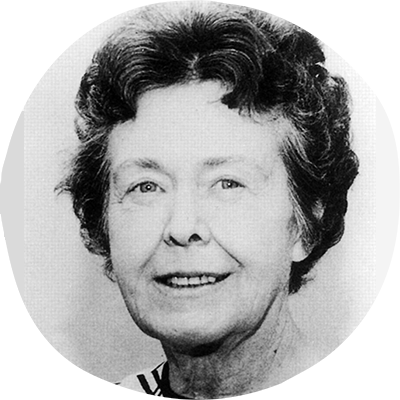
An early pioneer in diabetes, Dr. Priscilla White practiced alongside the legendary Dr. Elliot Joslin in Boston and co-founded the Joslin Diabetes Center, not long after the discovery of insulin in the 1920s. She immediately began working with children with diabetes in that clinic, becoming a trailblazer in children's diabetes care and pregnancy in the 1920s-40s (including advocacy for women with diabetes to receive specialized care during pregnancy). She was instrumental in the creation of the Clara Barton Camp for Girls in the early 1930s. History shows that the fetal success rate was 54 percent when Dr. White began working at Joslin, and by the time she retired in 1974, it had risen to more than 90 percent. During her 5 decades of work, she managed the deliveries of over 2,200 women with diabetes and the supervision of roughly 10,000 cases of type 1 diabetes (T1D). After retiring she continued working on the emotional problems of young people with diabetes. In 1960, Dr. White became the first woman to receive the prestigious Banting Medal, and she's been named one of the 12 most outstanding physicians in the world.
Dr. M. Joycelyn Elders
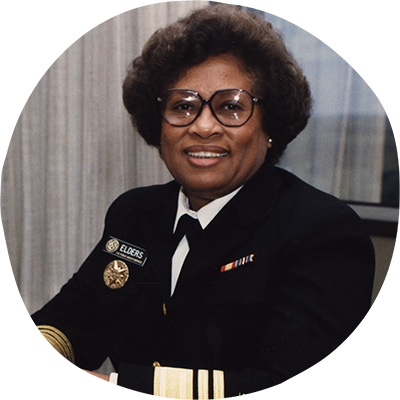
For starters, this woman was the first person in Arkansas to become board-certified in pediatric endocrinology. That was remarkable in itself, as she was born to poor farming parents in a poverty-stricken, rural area of the state. She scrubbed floors to help pay her tuition and her siblings picked extra cotton and did chores for neighbors to help pay for her bus fare for college. She then joined the Army after college and went on to train in physical therapy, before eventually devoting her career to pediatric endocrinology and publishing hundreds of academic papers on childhood diabetes and growth. If that accomplishment wasn't history-making enough, she went on to become the first African American to serve as Surgeon General of the United States in 1993 and was also the second woman to serve as head of the U.S. Public Health Service.
Dr. Helen M. Free
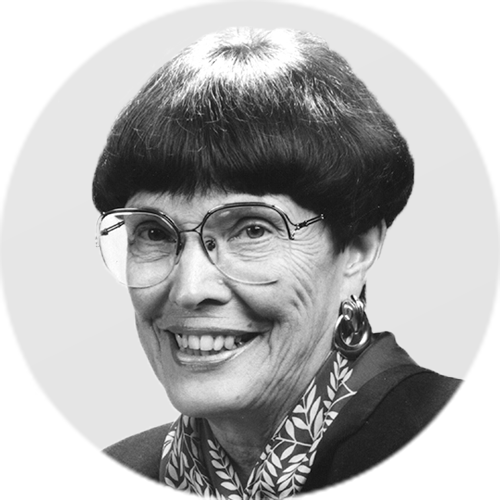
Along with her husband Alfred in 1956, Dr. Free invented the Clinistix, a chemically coated dip-and-read stick measuring urine that would change color based on the amount of glucose — long before fingerstick tests for blood sugar were established! After deciding on chemistry in college after many of the young men were drafted into World War II, she went to work in research at Miles Lab (which eventually became a part of Bayer) and developed early generations of urine testing. Known as Clinitest and Acetest, these were Alka Seltzer-like tablets that fizz when placed in liquid. This was the first diagnostic test of its kind that could be done in a doctor’s office or a hospital without elaborate laboratory facilities, and eventually it led to the Clinistix and Tes-Tape products allowing people with diabetes (PWDs) to check their glucose at home. She's been inducted into the National Inventor's Hall of Fame, among other distinctions. This Science History Institute profile of Dr. Free sums up her historic career and legacy quite nicely, and we're certain that diabetes management wouldn't have evolved as it did without her groundbreaking work.
Dr. Dorothy C. Hodgkin
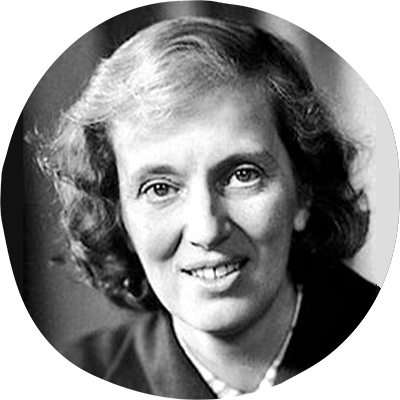
This British woman's research starting in the 1930s eventually led to technology that could decipher the three-dimensional structure of insulin (along with penicillin and vitamin B12). That work led to her receiving a Nobel Prize in 1969, as well as later research and development (R&D) on newer insulins and public awareness about insulin’s importance. Dr. Hodgkin has been honored with a tribute stamp in the United Kingdom, recognizing not only her scientific contributions but her passion for peace and humanitarian causes, including the welfare of scientists in the USA, UK, Korea, and Vietnam in the 60s and 70s. This profile by the Science History Institute delves into her life.
Lee Ducat + Carol Lurie
These two D-Moms in Pennsylvania were the original founders of the JDRF, which at the time in 1970 was known as the Juvenile Diabetes Foundation (JDF) before the rebranding to add "research" into the name in the 1990s.

They were the ones who tapped actress Mary Tyler Moore in the 1970s to become the public face of T1D advocacy, something the actress had not been very vocal about up until that time. The work of this organization has changed the funding mechanism for diabetes research in Congress and beyond over the decades, focusing on finding a cure as well as advancements in treatments and technology that improve the way we live with diabetes until that cure is found. Without these women (and so many more involved in today's JDRF since then), our D-world would be dramatically different.
Dr. Rosalyn Sussman Yalow
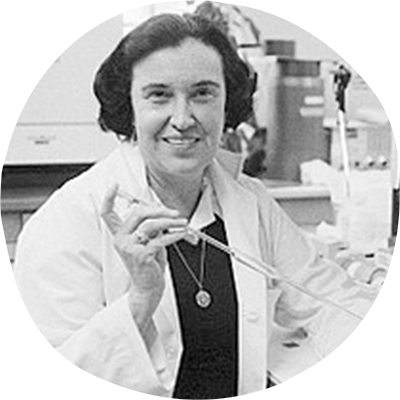
A nuclear physicist by training, Dr. Yalow co-developed something called radioimmunoassay (RIA), used to measure concentrations of hundreds substances in the body, including insulin. The possibilities for research using RIA are seemingly endless, as it's been used over the years to identify hormones, vitamins, and enzymes for many different health conditions. Dr. Yalow won a Nobel Prize in 1977 for her work with Dr. Solomon Berson proving that type 2 diabetes is caused by the body’s inefficient use of insulin, rather than a complete lack of insulin as was previously thought.
Dr. Gladys Boyd
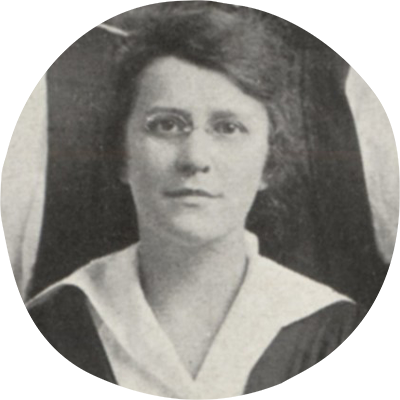
Another pioneering diabetes researcher in the early days of insulin, Dr. Boyd was one of the first physicians in Canada to treat children with diabetes with insulin in the early 1920s. She was heavily influenced by insulin co-discoverer Dr. Frederick Banting and worked alongside him at the Women's College Hospital, where she served as chief of pediatrics and was the sole pediatrician there. She presented on her clinical research treating children with insulin at the Canadian Pediatric Society's first annual scientific meeting in June 1923, and went on to author the "Manual for Diabetics" in 1925, which became the standard consumer health manual for diabetes at the time. During the next three decades, she published many academic papers on childhood diabetes that helped set the stage for how pediatric diabetes would be handled for decades to come.
Dr. Lois Jovanovic
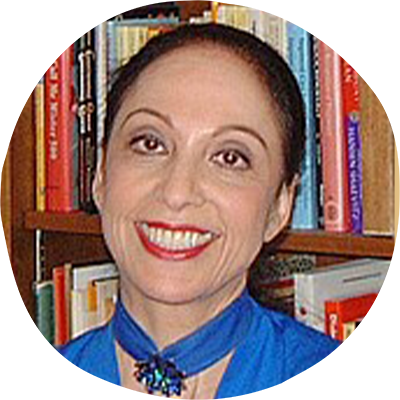
This Santa Barbara endocrinologist led pivotal research on gestational diabetes and more broadly diabetes and pregnancy. She was personally responsible for the safe delivery of hundreds of babies dating back to 1980. She was also a third-generation T1D herself, as her father also lived with T1D, and her grandmother was one of the first people to receive insulin at age 8 in 1922. Some describe Dr. Jovanovic as "the woman who changed the way we treat diabetes today," including her work to create a "Pocket Doc" insulin dosing calculator in the 1980s along with involvement in the landmark Diabetes In Early Pregnancy and the Diabetes Control and Complications Trial studies. She spent more than a quarter-century at the Sansum Diabetes Research Institute and served as chief scientific officer there from 1996 to 2013. She also helped pave the way for modern Artificial Pancreas research through her work. We were sad to report in September 2018 that Dr. Jovanovic passed away.
Barbara Davis
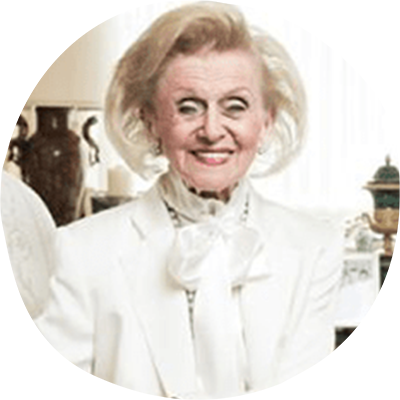
The name behind the Barbara Davis Center in Colorado, this woman was an incredible philanthropist who began her work in diabetes by founding the Children Diabetes Foundation in 1977. Over the years, that foundation raised more than $100 million for diabetes research, education, and awareness. Davis serves on the Boards of Trustees of the Joslin Diabetes Center in Boston and the Cedars-Sinai Medical Center in Los Angeles, among others. She has received numerous awards, including the 1992 Promise Ball Humanitarian Award from then-Juvenile Diabetes Foundation; an Honorary Doctorate in Humane Letters from the University of Colorado in 1995; and the 2004 Angel Award from JDRF in Los Angeles.
Laura Billetdeaux
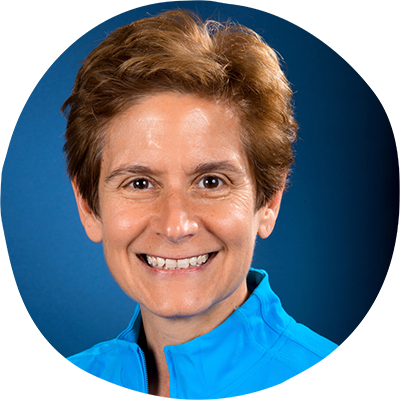
Billetdeaux is a D-Mom in Michigan who in 2000 had the idea of taking a trip to Disney World in Florida with her family and inviting along other T1D families from the CWD (Children with Diabetes) online forum. With that, she established the annual Friends For Life conference that’s expanded and branched out tremendously in the years since, and has changed the lives of many with diabetes across the globe.
Today, both large and small events are held multiple times a year.
Dr. Nicole Johnson

Crowned Miss America in 1999, Dr. Johnson was the first woman to wear an insulin pump on stage and national TV, and in doing so became an inspirational force worldwide. She’s since earned her doctorate in public health, used her journalism experience to co-host the D-Life TV show reaching millions, and has created organizations such as Students With Diabetes and the Diabetes Empowerment Foundation that have touched countless lives. She joined the JDRF as National Director of Mission in 2018 before eventually moving on to other philanthropic ventures. In January 2021, she was named VP of science and healthcare for the American Diabetes Association (ADA). She's also written several books on diabetes topics, including a co-authored volume on diabetes spouses and significant others.
Tracey D. Brown
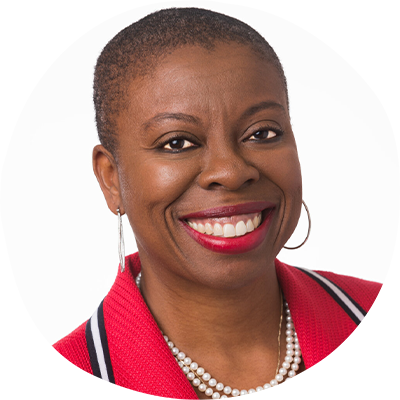
Named the president of the American Diabetes Association (ADA) in 2018, Tracey Brown was the first woman as well as the first African American to ever hold the organization's chief role since its founding in 1940. Not only that, but living with type 2 diabetes, she became the first person to actually live with diabetes be named to that position. She started out as an R&D chemical engineer at Procter & Gamble, and over the years she moved into management at RAPP Dallas and Sam’s Club (a division of Walmart) before joining the ADA.
She left the organization's top role in 2021, to return to the private sector.
Dr. Anne Peters
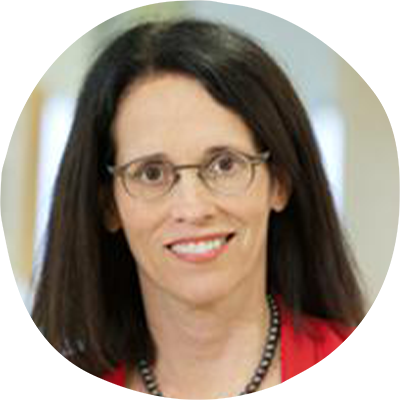
A professor of medicine and director of the USC Clinical Diabetes Programs, Dr. Peters is a nationally and internationally respected diabetologist who treats a spectrum of patients, from the Hollywood elite to the underserved who populate her free diabetes clinic in East Los Angeles. At her research center in East LA, she works with her team to prevent diabetes in the surrounding communities. Her research has been published in all manner of leading medical journals and she’s a book author and frequent speaker as well. Her name seems to be everywhere in the diabetes world these days, and one of the continued drumbeats she echoes in public speaking roles is how important access and affordability are in diabetes.
Justice Sonia Sotomayor
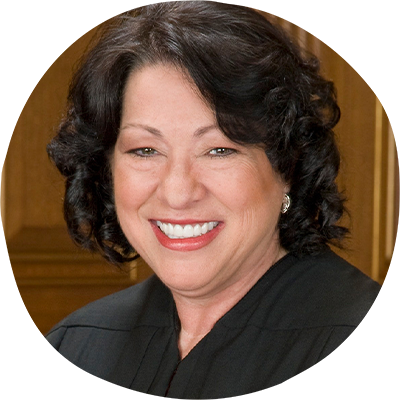
The Diabetes Community was thrilled to see one of our own seated on the Supreme Court of the United States, with Justice Sonia Sotomayor becoming the first Hispanic woman named to the high court in 2009. She's lived with T1D since childhood, and has written two books on diabetes as well as shared her story publicly as a way to raise awareness and inspire others. Her SCOTUS appointment has meant the world to so many young girls, who've been inspired to believe "You Can Do This" in accomplishing their own dreams.
Dr. Denise Faustman
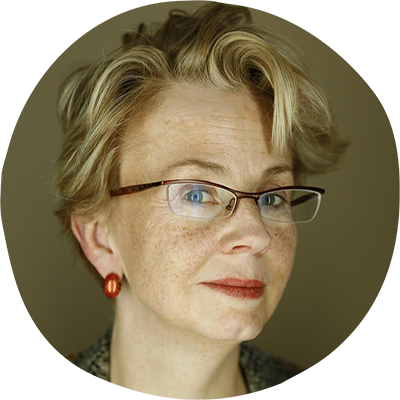
A physician and researcher at Harvard University and Director of the Immunobiology Laboratory at Massachusetts General Hospital, Dr. Faustman has become a controversial figure with her unorthodox approach to seeking a diabetes cure. Some years ago, her research team "cured" laboratory mice of T1D with a 40-day course of injections with a drug called CFA, which she strives to reproduce and scale. Despite naysayers, her work has sparked a wave of hope across the Diabetes Community. However it plays out, there's no doubt she's certainly made a dent in diabetes history with her efforts.
Dana Lewis
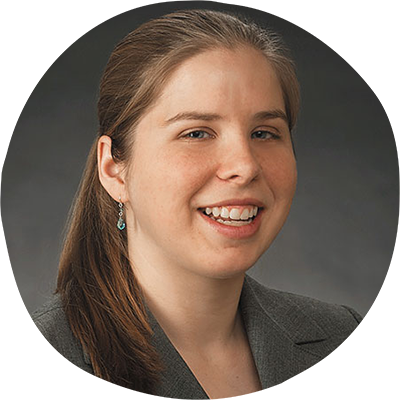
A pioneer in the do-it-yourself (DIY) diabetes technology space, Lewis is renowned for creating one of the first-ever open-source homemade “artificial pancreas" systems known as OpenAPS. A longtime T1D1 in Seattle, Lewis and her husband Scott Leibrand developed a DIY system and paved the way for thousands — if not millions — of people with diabetes to benefit from the technology. Lewis was named by Fast Company as one of the “Most Creative People” of the year in 2017, and her work has not only helped shaped patient-led research but also how the FDA evaluates new diabetes technology, with an eye towards the burgeoning #WeAreNotWaiting movement. A tribute also to tech-savvy Katie DiSimone in California and Kate Farnsworth in Canada for providing unequaled support with an online “how to” hub called LoopDocs, and for making improvements to the core technology. This has all led to new DIY-inspired innovations from players such as Bigfoot Biomedical and the non-profit Tidepool. From Lewis’ start to an ever-expanding community, this DIY movement is changing how the established diabetes industry develops products.
DOC (Diabetes Online Community) Female Powerhouses
A number of woman have played key roles in shaping the way diabetes is seen publicly, and the way PWDs can cope and thrive, through their work with online publishing and networking. A short list includes:

Brandy Barnes: founder of DiabetesSisters
Kelly Close: founder of the influential organizations Close Concerns and the diaTribe Foundation
Christina Roth: founder and head of the College Diabetes Network (CDN)
Kerri Sparling: Six Until Me blogger and author of several D-books
Cherise Shockley: founder of Diabetes Social Media Advocacy (DSMA) and a voice for diversity and inclusion in the community
Amy Tenderich: founder and editor of DiabetesMine, and organizer of the DiabetesMine Innovation events, where the #WeAreNotWaiting movement was born
Their work is multifaceted and wide-reaching:
- connecting with countless PWDs and community members through blogs, video, social media, and in-person or virtual events
- influencing industry/philanthropic/healthcare leaders behind the products, policy, medications, and care we rely on
- founding organizations or leading initiatives and campaigns that work to help PWDs around the world
- sharing their stories online and connecting with our D-Community, influencing the diabetes universe for the better on peer support, improved product design, industry and regulatory collaboration, and patient engagement
Thank you, to these and the many other hard-working and influential Women of Diabetes, who’ve devoted their lives to making a difference for our community!

Comments